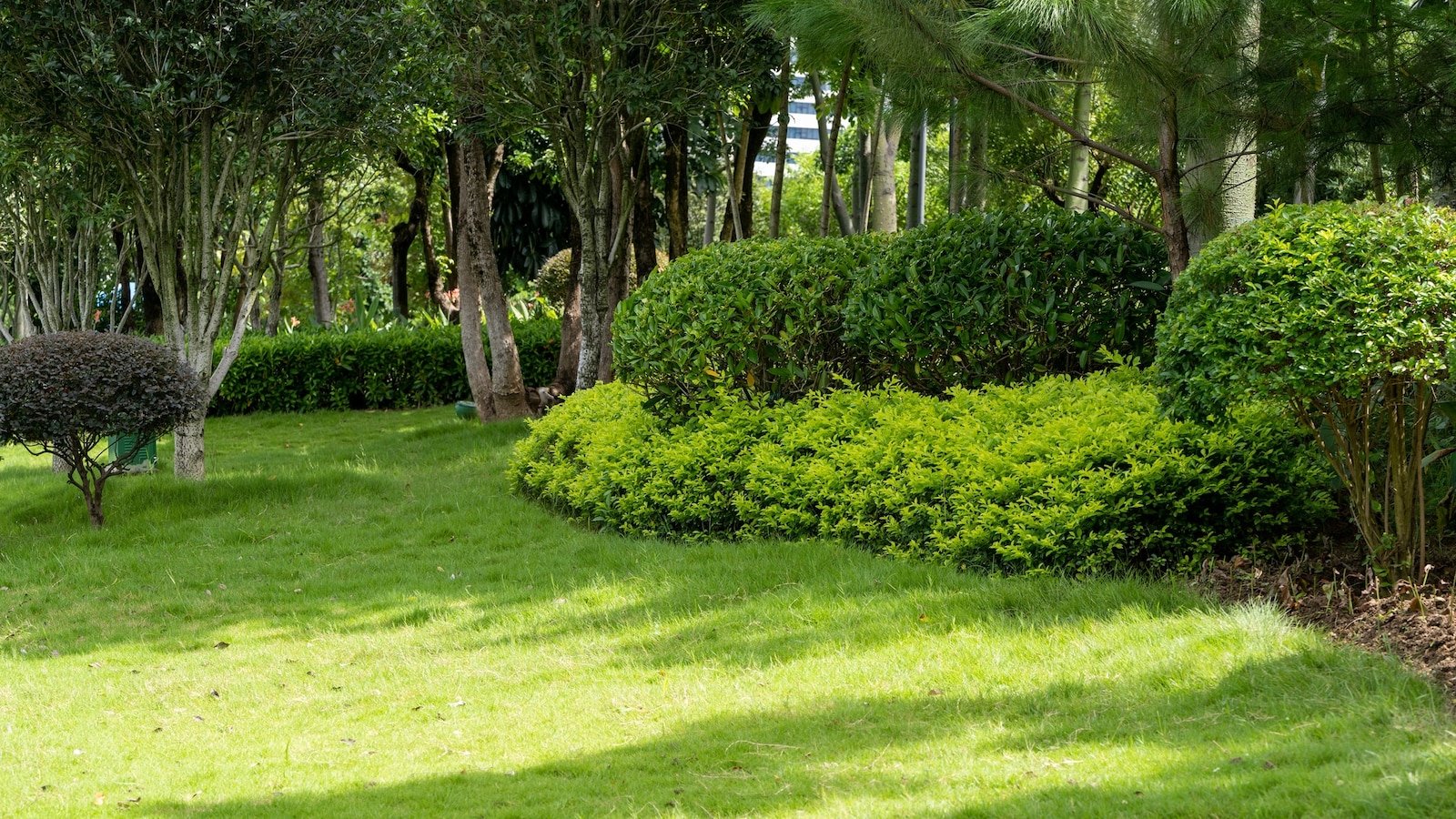- cross-posted to:
- nolawns@slrpnk.net
- cross-posted to:
- nolawns@slrpnk.net
The days of the perfect-looking yard – often lawns that guzzle copious amounts of water to stay green – may soon be gone.
Homeowners are increasingly opting to “re-wilding” their homes, incorporating native plants and decreasing the amount of lawn care to make their properties more sustainable and encourage natural ecosystems to recover, according to Plan It Wild, a New York-based native landscape design company.
About 30% of the water an average American family consumes is used for the outdoors, including activities such as watering lawns and gardens, according to the U.S. Environmental Protection Agency. In the West, where water is absorbed almost immediately by the sun or thirsty vegetation, outdoor water usage can increase to an average of 60% for the average family.
As concerns for the environment – as well as increasing utility bills – grow, so do homeowners’ preferences for how they decorate their yards.



That’s really freaking cool! Thanks for sharing! What was the work effort for this amount of progress? I’d like to do this with my next house.
Been focusing on this and another small patch for about 2 years. The up front work was a bear, just to get rid of the grass down to the root (those fuckers are DEEP) and get all the plants established during the right seasons. I’ve also installed a drip irrigation system that can compensate for some of our really dry periods during summer, which took a full weekend. Once the plants are in and mulch is down, really the only maintenance is keeping bermuda and sedge from popping back up. The first year required extensive weeding every month or two, but the second year has required very little because most of the soil is totally shaded out. It kinda supports itself now. My only problem at this stage is that the liriope border was pre-existing, so bermuda still spills out from existing root stock from that area, which means I have to more aggressively weed/trim that border. I benefit from the walkway being a natural barrier for encroachment from the rest of the lawn, but it’ll still take another year or two before the bermuda is totally neutralized.